3
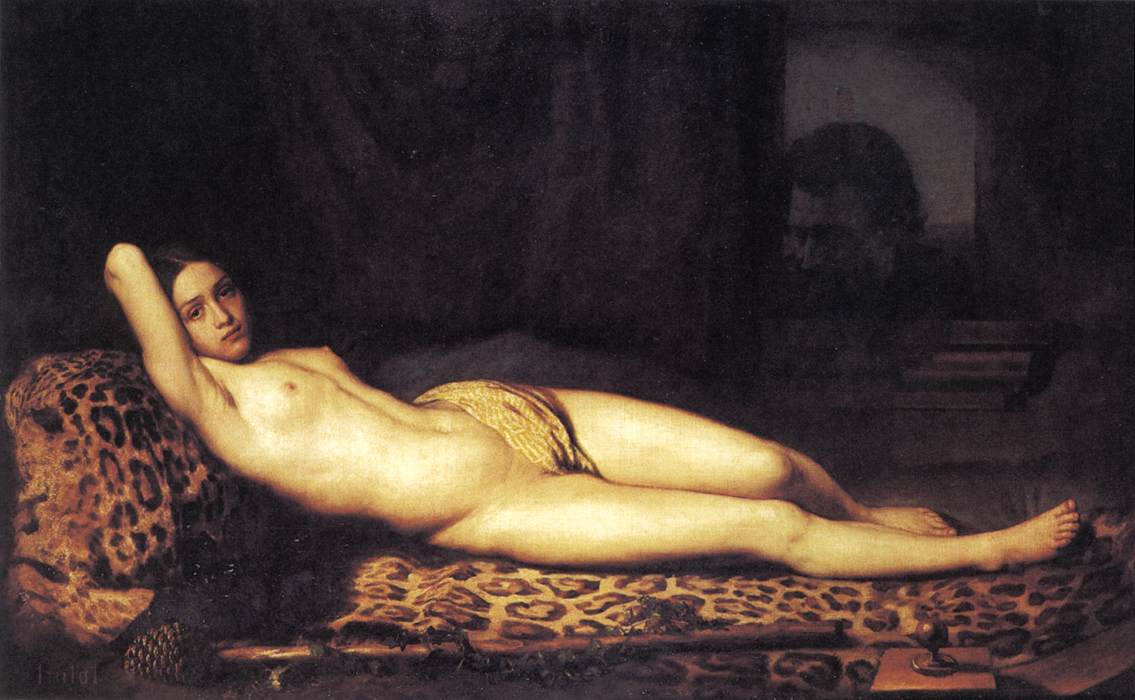
According to usage and conventions which are at last being questioned but have by no means been overcome, the social presence of a woman is different in kind from that of a man. A man's presence is dependent upon the promise of power which he embodies. If the promise is large and credible his presence is striking. If it is small or incredible, he is found to have little presence. The promised power may be moral, physical, temperamental, economic, social, sexual - but its object is always exterior to the man. A man's presence suggests what he is capable of doing to you or for you. His presence may be fabricated, in the sense that he pretends to b capable of what he is not. But the pretence is always towards a power which he exercises on others.
By contrast, a woman's presence expresses her own attitude to herself, and defines what can and cannot be done to her. Her presence is manifest in her gestures, voice, opinions, expressions, clothes, chosen surroundings, taste - indeed there is nothing she can do which does not contribute to her presence. Presence for a woman is so intrinsic to her person that men tend to think of it as an almost physical emanation, a kind of heat or smell or aura.
To be born a woman has been to be born, within an allotted and confined space, into the keeping of men. The social presence of women has developed as a result of their ingenuity in living under such tutelage within such a limited space. But this has been at the cost of a woman's self being split into two. A woman must continually watch herself. She is almost continually accompanied by her own image of herself. Whilst she is walking across a room or whilst she is weeping at the death of her father, she can scarcely avoid envisaging herself walking or weeping. From earliest childhood she has been taught and persuaded to survey herself continually.
And so she comes to consider the surveyor and the surveyed within her as the two constituent yet always distinct elements of her identity as a woman.
She has to survey everything she is and everything she does because how she appears to others, and ultimately how she appears to men, is of crucial importance for what is normally thought of as the success of her life. Her own sense of being in herself is supplanted by a sense of being appreciated as herself by another.
Men survey women before treating them. Consequently how a woman appears to a man can determine how she will be treated. To acquire some control over this process, women must contain it and interiorize it. That part of a woman's self which is the surveyor treats the part which is the surveyed so as to demonstrate to others how her whole self would like to be treated. And this exemplary treatment of herself by herself constitutes her presence. Every woman's presence regulates what is and is not 'permissible' within her presence. Every one of her actions - whatever its direct purpose or motivation - is also read as an indication of how she would like to be treated. If a woman throws a glass on the floor, this is an example of how she treats her own emotion of anger and so of how she would wish it to be treated by others. If a man does the same, his action is only read as an expression of his anger. If a woman makes a good joke this is an example of how she treats the joker in herself and accordingly of how she as a joker-woman would like to be treated by others. Only a man can make a good joke for its own sake.
One might simplify this by saying: men act and women appear. Men look at women. Women watch themselves being looked at. This determines not only most relations between men and women but also the relation of women to themselves. The surveyor of woman in herself is male: the surveyed female. Thus she turns herself into an object - and most particularly an object of vision: a sight.
In one category of European oil painting women were the principal, ever-recurring subject. That category is the nude. In the nudes of European painting we can discover some of the criteria and conventions by which women have been seen and judged as sights.
The first nudes in the tradition depicted Adam and Eve. It is worth referring to the story as told in Genesis:
And when the woman saw that the tree was good for food, and that it was a delight to the eyes, and that the tree was to be desired to make one wise, she took of the fruit thereof and did eat; and she gave also unto her husband with her, and he did eat. And the eyes of them both were opened, and they knew that they were naked; and they sewed fig-leaves together and made themselves aprons. . . . And the Lord God called unto the man and said unto him, 'Where are thou?' And he said, 'I heard thy voice in the garden, and I was afraid, because I was naked; and I hid myself. . . . Unto the woman God said, 'I will greatly multiply thy sorrow and thy conception; in sorrow thou shalt bring forth children; and thy desire shall be to thy husband and he shall rule over thee'.
What is striking about this story? They became aware of being naked because, as a result of eating the apple, each saw the other differently. Nakedness was created in the mind of the beholder.
The second striking fact is that the woman is blamed and is punished by being made subservient to the man In relation to the woman, the man becomes the agent of God.
In the medieval tradition the story was often illustrated, scene following scene, as in a strip cartoon.
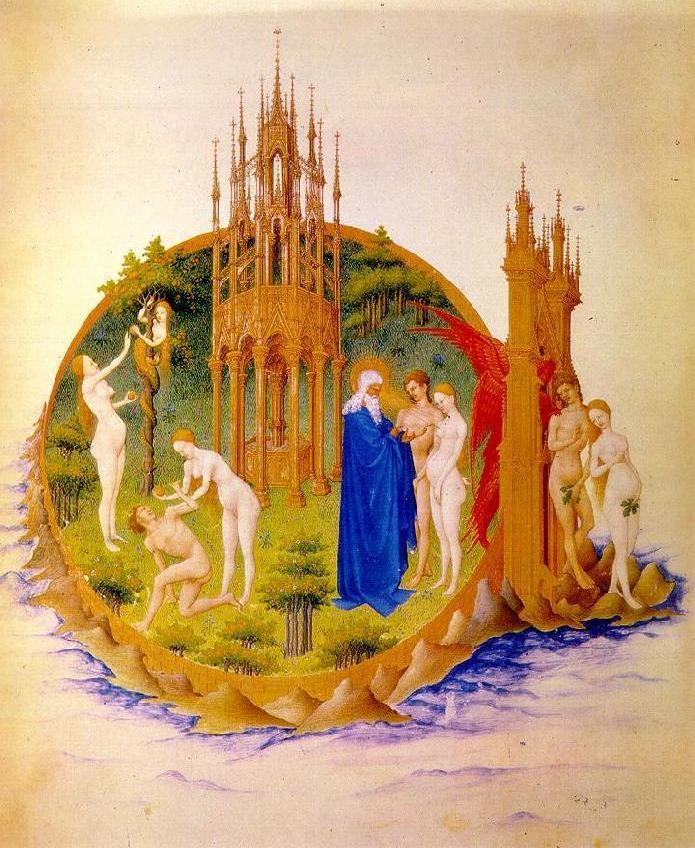
During the Renaissance the narrative sequence disappeared, and the single moment depicted became the moment of shame. The couple wear fig-leaves or make a modest gesture with their hands. But now their shame is not so much in relation to one another as to the spectator.
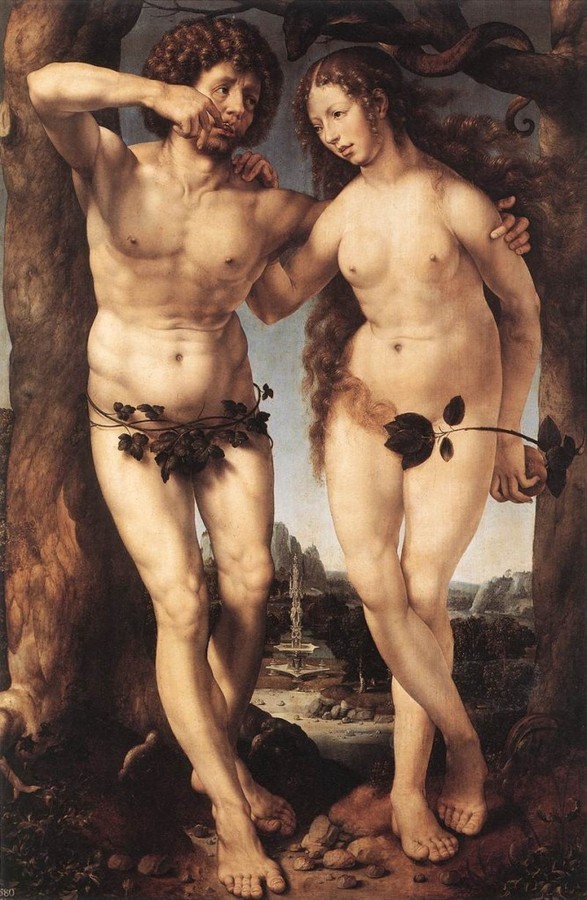
Later the shame becomes a kind of display.
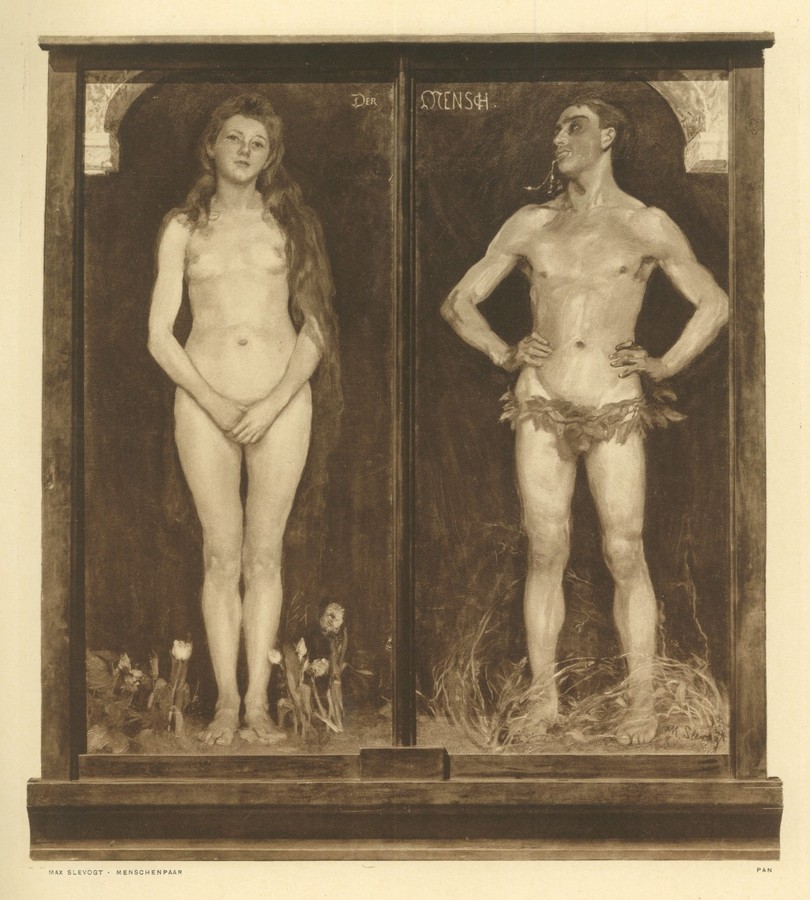
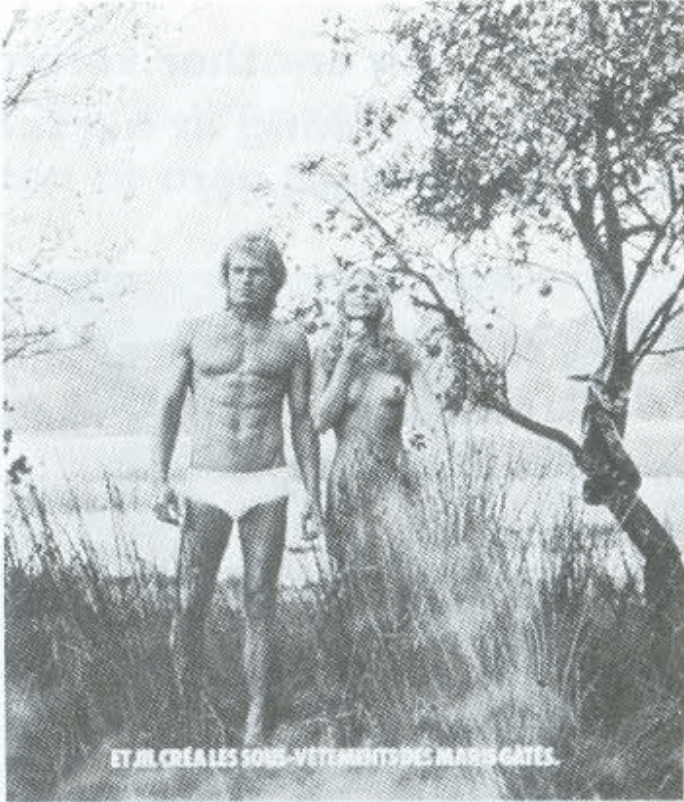
When the tradition of painting became more secular, other themes also offered the opportunity of painting nudes. But in them all there remains the implication that the subject (a woman) is aware of being seen by a spectator.
She is not naked as she is.
She is naked as the spectator sees her.
Often - as with the favourite subject of Susannah and the Elders - this is the actual theme of the picture. We join the Elders to spy on Susannah taking her bath. She looks back at us looking at her.
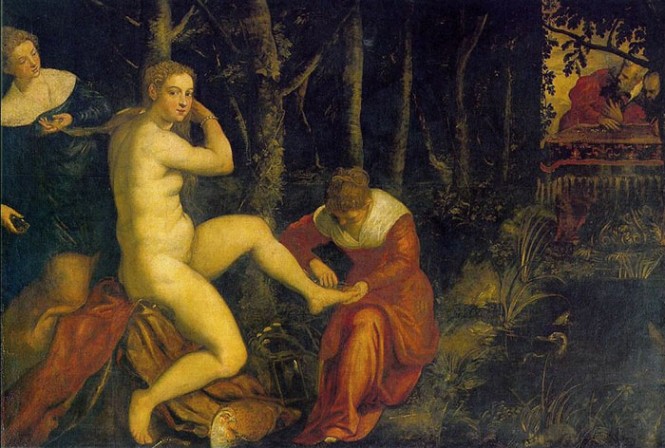
In another version of the subject by Tintoretto, Susannah is looking at herself in a mirror. Thus she joins the spectators of herself.
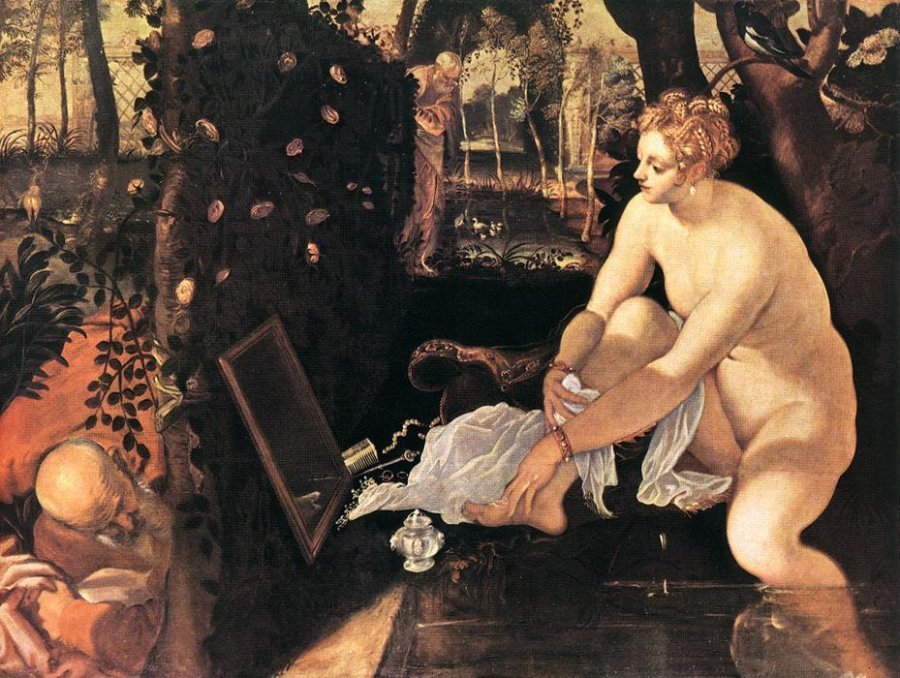
The mirror was often used as a symbol of the vanity of woman. The moralizing, however, was mostly hypocritical.
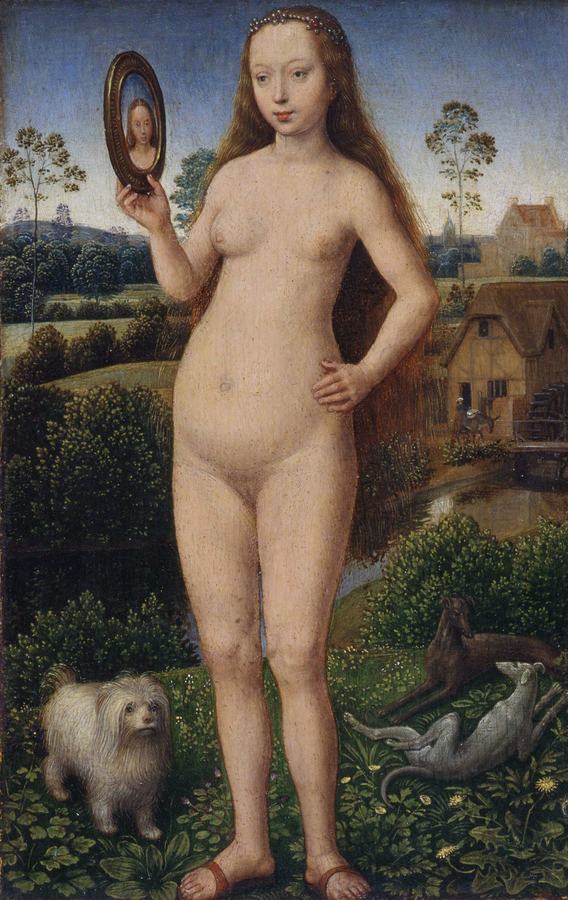
You painted a naked woman because you enjoyed looking at her, you put a mirror in her hand and you called the painting Vanity, thus morally condemning the woman whose nakedness you had depicted for your own pleasure.
The real function of the mirror was otherwise. It was to make the woman connive in treating herself as, first and foremost, a sight.
The Judgement of Paris was another theme with the same inwritten idea of a man or men looking at naked women.
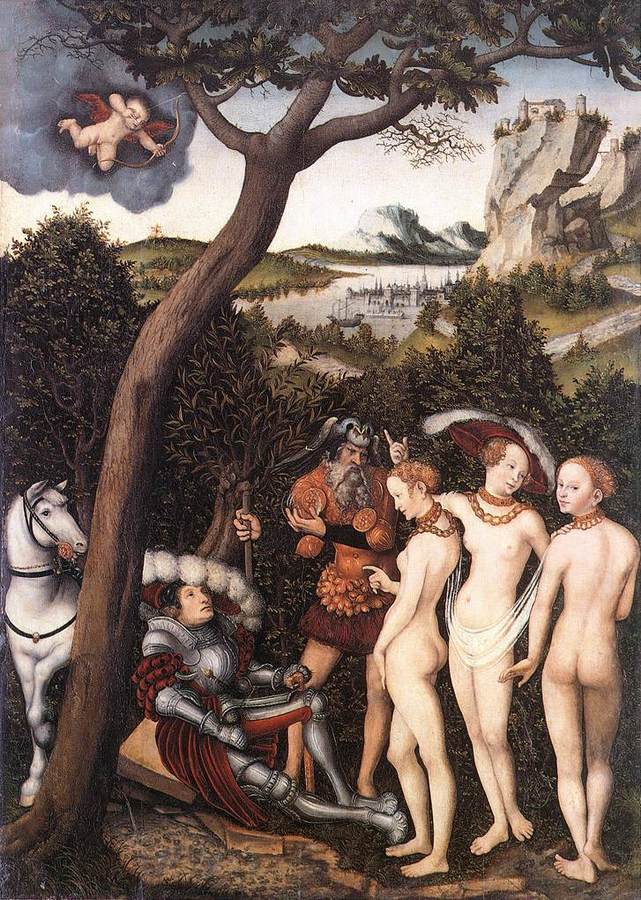
But a further element is now added. The element of judgement. Paris awards the apple to the woman he finds most beautiful. Thus Beauty becomes competitive. (Today The Judgement of Paris has become the Beauty Contest.) Those who are not judged beautiful are not beautiful. Those who are, are given the prize.
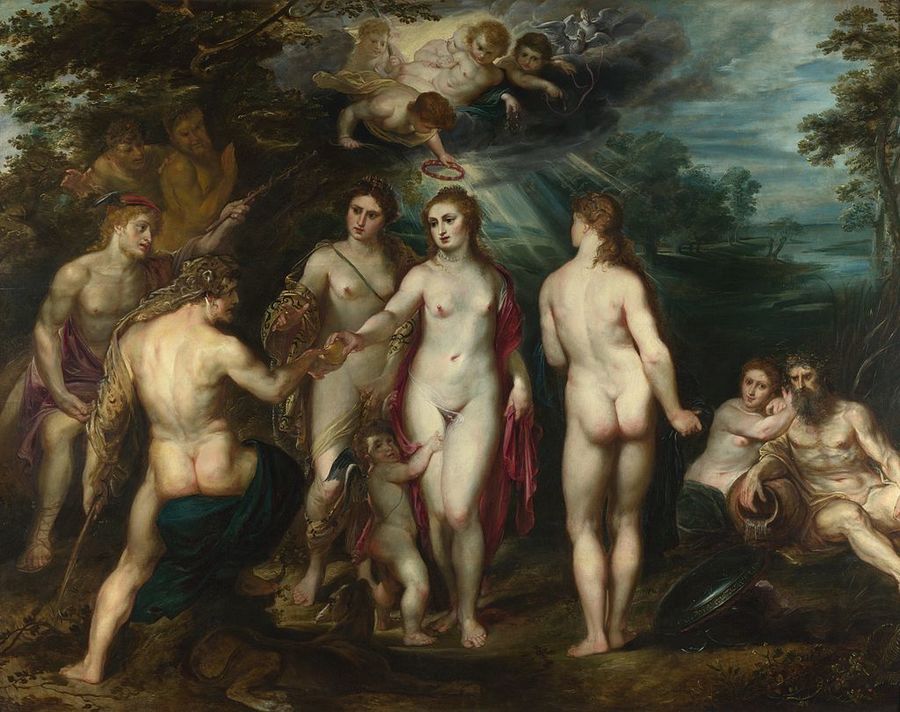
The prize is to be owned by a judge - that is to say to be available for him. Charles the Second commissioned a secret painting from Lely. It is a highly typical image of the tradition. Nominally it might be a Venus and Cupid. In fact it is a portrait of one of the King's mistresses, Nell Gwynne. It shows her passively looking at the spectator staring at her naked.
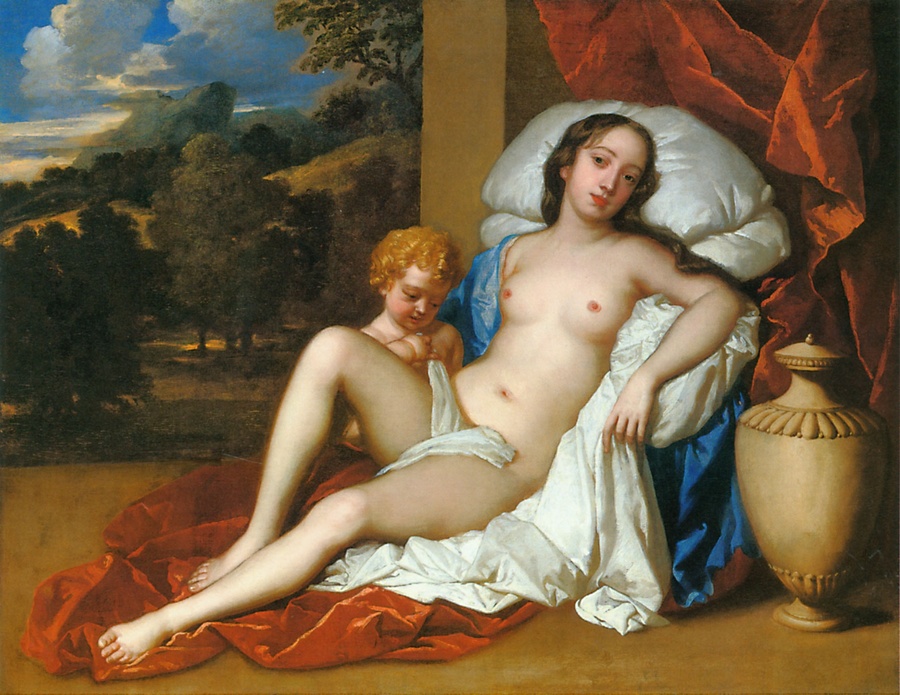
This nakedness is not, however, an expression of her own feelings; it is a sign of her submission to the owner's feelings or demands. (The owner of both woman and painting.) The painting, when the King showed it to others, demonstrated this submission and his guests envied him.
It is worth noticing that in other non-European traditions - in Indian art, Persian art, African art, Pre Columbian art - nakedness is never supine in this way. And if, in these traditions, the theme of a work is sexual attraction, it is likely to show active sexual love as between two people, the woman as active as the man, the actions of each absorbing the other.
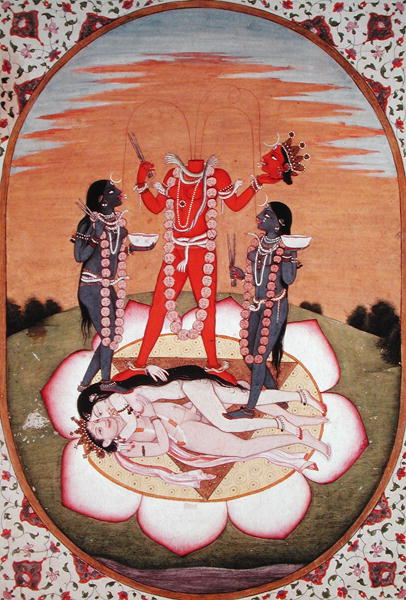
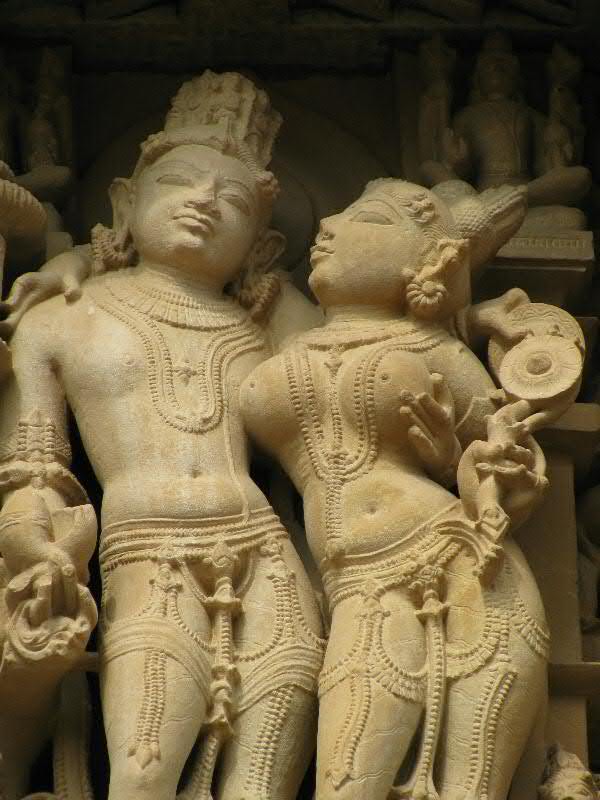
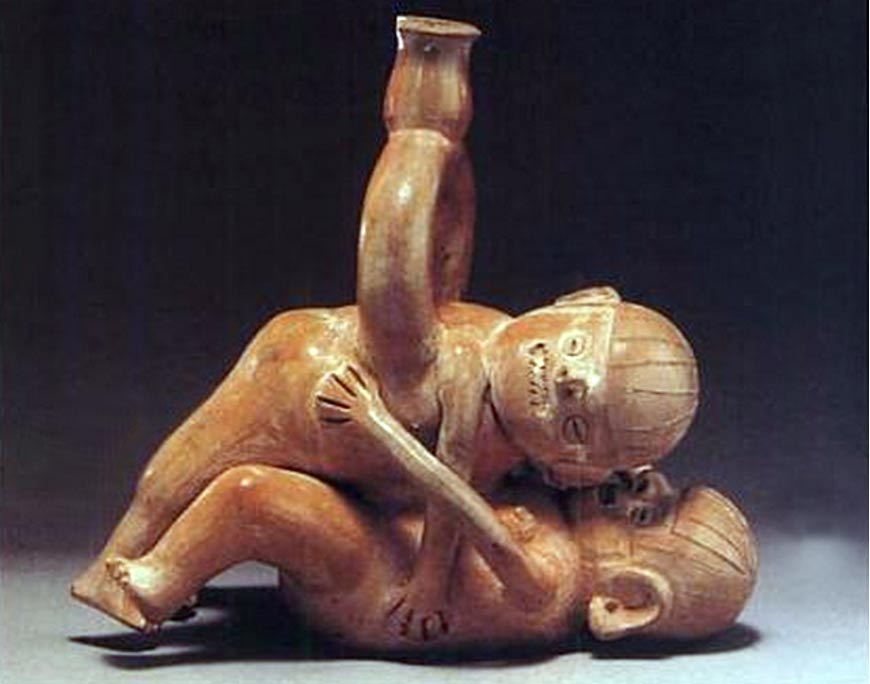
We can now begin to see the difference between nakedness and nudity in the European tradition. In his book on The Nude Kenneth Clark maintains that to be naked is simply to be without clothes, whereas the nude is a form of art. According to him, a nude is not the starting point of a painting, but a way of seeing which the painting achieves. To some degree, this is true - although the way of seeing 'a nude' is not necessarily confined to art: there are also nude photographs, nude poses, nude gestures. What is true is that the nude is always conventionalized - and the authority for its conventions derives from a certain tradition of art.
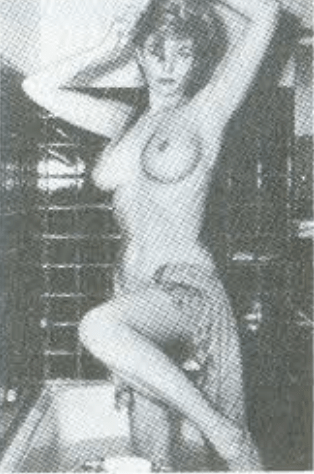
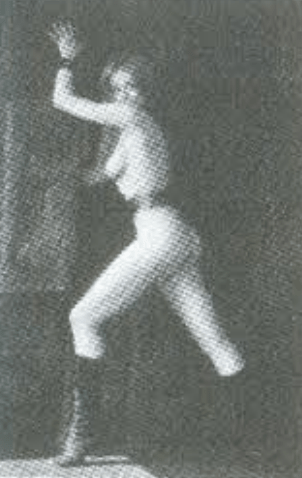
What do these conventions mean ? What does a nude signify? It is not sufficient to answer these questions merely in terms of the art-form , for it is quite clear that the nude also relates to lived sexuality.
To be naked is to be oneself.
To be nude is to be seen naked by others and yet not recognized for oneself.
A naked body has to be seen as an object in order to become a nude. (The sight of it as an object stimulates the use of it as an object.) Nakedness reveals itself. Nudity is placed on display.
To be naked is to be without disguise.
To be on display is to have the surface of one's own skin, the hairs of one's own body, turned into a disguise which, in that situation, can never be discarded. The nude is condemned to never being naked. Nudity is a form of dress.
In the average European oil painting of the nude the principal protagonist is never painted. He is the spectator in front of the picture and he is presumed to be a man. Everything is addressed to him. Everything must appear to be the result of his being there. It is for him that the figures have assumed their nudity. But he, by definition, is a stranger - with his clothes still on.
Consider the Allegory of Time and Love by Bronzino.
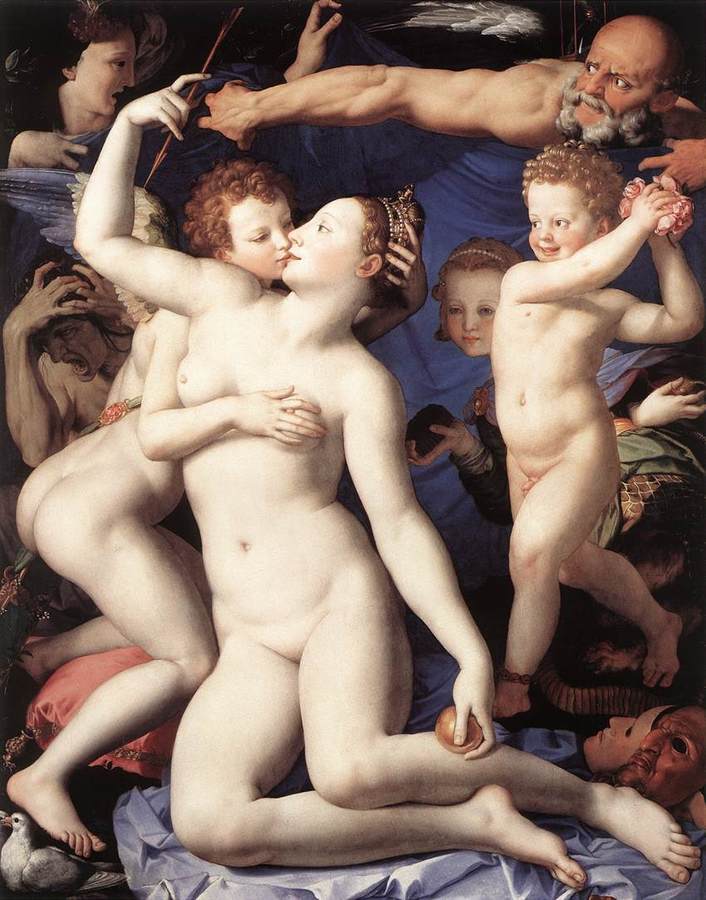
The complicated symbolism which lies behind this painting need not concern us now because it does not affect its sexual appeal - at the first degree. Before it is anything else, this is a painting of sexual provocation.
The painting was sent as a present from the Grand Duke of Florence to the King of France. The boy kneeling on the cushion and kissing the woman is Cupid. She is Venus. But the way her body is arranged has nothing to do with their kissing. Her body is arranged in the way it is, to display it to the man looking at the picture. This picture is made to appeal to his sexuality. It has nothing to do with her sexuality. (Here and in the European tradition generally, the convention of not painting the hair on a woman's body helps towards the same end. Hair is associated with sexual power, with passion. The woman's sexual passion needs to be minimized so that the spectator may feel that he has the monopoly of such passion.) Women are there to feed an appetite, not to have any of their own.
Compare the expressions of these two women :
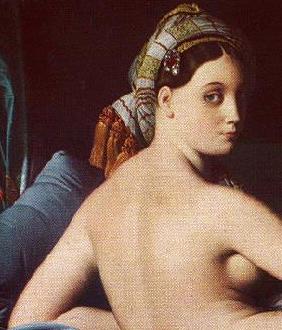
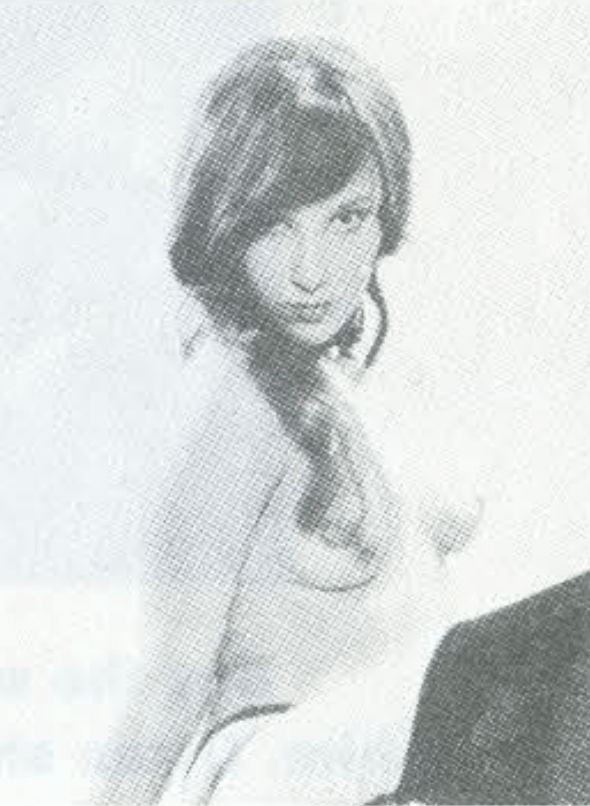
One the model for a famous painting by Ingres and the other a model for a photograph in a girlie magazine. Is not the expression remarkably similar in each case? It is the expression of a woman responding with calculated charm to the man whom she imagines looking at her - although she doesn't know him. She is offering up her femininity as the surveyed.
It is true that sometimes a painting includes a male lover.
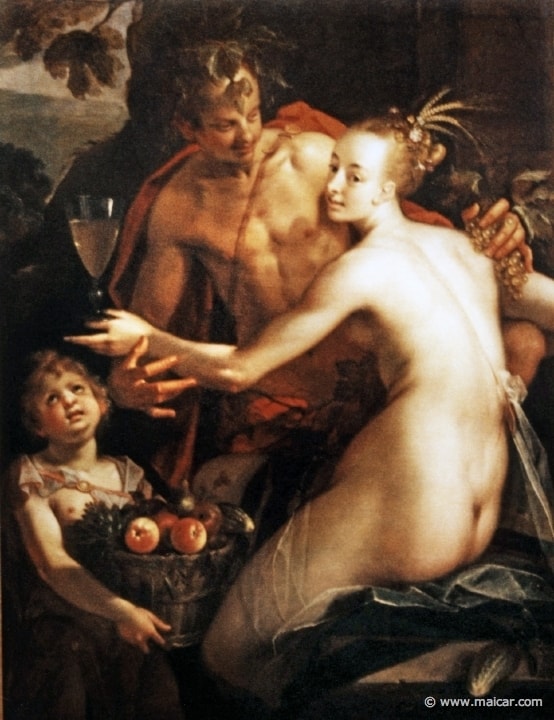
But the woman's attention is very rarely directed towards him. Often she looks away from him or she looks out of the picture towards the one who considers himself her true lover - the spectator-owner. There was a special category of private pornographic paintings (especially in the eighteenth century) in which couples making love make an appearance. But even in front of these it is clear that the spectator-owner will in fantasy oust the other man, or else identify with him. By contrast the image of the couple in non-European traditions provokes the notion of many couples making love. 'We all have a thousand hands, a thousand feet and will never go alone.' Almost all post-Renaissance European sexual imagery is frontal - either literally or metaphorically - because the sexual protagonist is the spectator-owner looking at it.
The absurdity of this male flattery reached its peak in the public academic art of the nineteenth century.
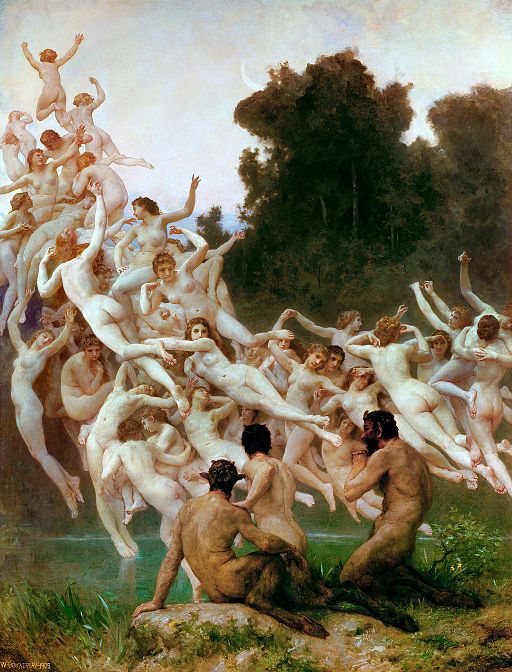
Men of state, of business, discussed under paintings like this. When one of them felt he had been outwitted, he looked up for consolation. What he saw reminded him that he was a man.
There are a few exceptional nudes in the European tradition of oil painting to which very little of what has been said above applies. Indeed they are no longer nudes - they break the norms of the art-form ; they are paintings of loved women, more or less naked. Among the hundreds of thousands of nudes which make up the tradition there are perhaps a hundred of these exceptions. In each case the painter's personal vision of the particular women he is painting is so strong that it makes no allowance for the spectator. The painter's vision binds the woman to him so that they become as inseparable as couples in stone. The spectator can witness their relationship - but he can do no more: he is forced to recognize himself as the outsider he is. He cannot deceive himself into believing that she is naked for him. He cannot turn her into a nude. The way the painter has painted her includes her will and her intentions in the very structure of the image, in the very expression of her body and her face.
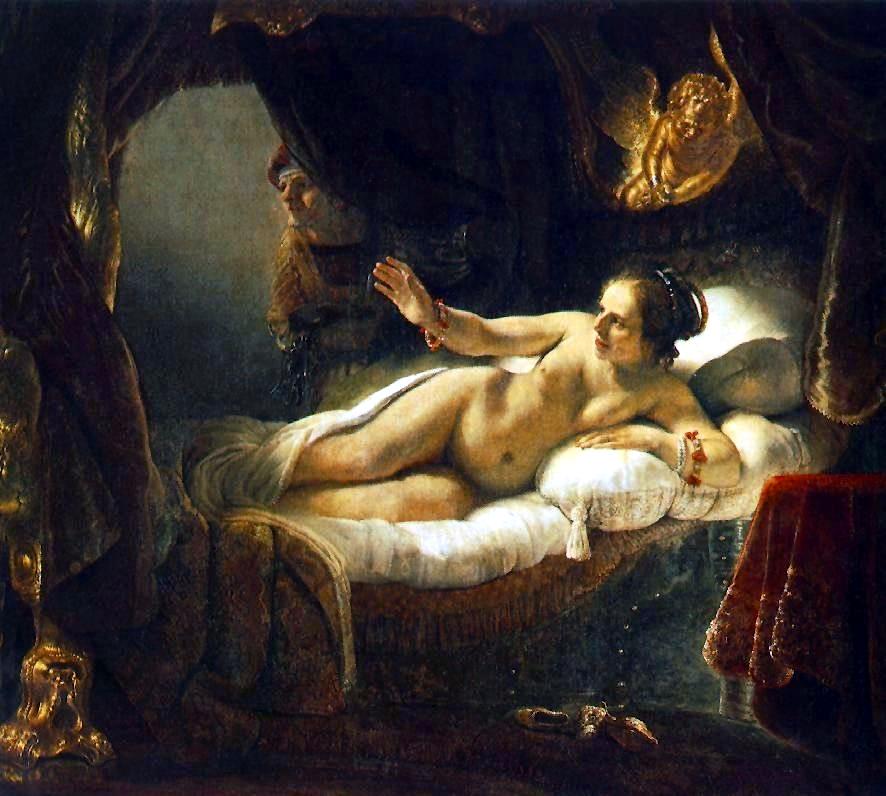
The typical and the exceptional in the tradition can be defined by the simple naked/nude antinomy, but the problem of painting nakedness is not as simple as it might at first appear.
What is the sexual function of nakedness in reality? Clothes encumber contact and movement. But it would seem that nakedness has a positive visual value in its own right: we want to see the other naked: the other delivers to us the sight of themselves and we seize upon it - sometimes quite regardless of whether it is for the first time or the hundredth. What does this sight of the other mean to us, how does it, at that instant of total disclosure, affect our desire?
Their nakedness acts as a confirmation and provokes a very strong sense of relief. She is a woman like any other: or he is a man like any other: we are overwhelmed by the marvellous simplicity of the familiar sexual mechanism.
We did not, of course, consciously expect this to be otherwise: unconscious homosexual desires (or unconscious heterosexual desires if the couple concerned are homosexual) may have led each to half expect something different. But the 'relief' can be explained without recourse to the unconscious.
We did not expect them to be otherwise, but the urgency and complexity of our feelings bred a sense of uniqueness which the sight of the other, as she is or as he is, now dispels. They are more like the rest of their sex than they are different. In this revelation lies the warm and friendly - as opposed to cold and impersonal - anonymity of nakedness.
One could express this differently: at the moment of nakedness first perceived, an element of banality enters: an element that exists only because we need it.
Up to that instant the other was more or less mysterious. Etiquettes of modesty are not merely puritan or sentimental: it is reasonable to recognize a loss of mystery. And the explanation of this loss of mystery may be largely visual. The focus of perception shifts from eyes, mouth, shoulders, hands - all of which are capable of such subtleties of expression that the personality expressed by them is manifold - it shifts from these to the sexual parts, whose formation suggests an utterly compelling but single process. The other is reduced or elevated - whichever you prefer - to their primary sexual category: male or female. Our relief is the relief of finding an unquestionable reality to whose direct demands our earlier highly complex awareness must now yield.
We need the banality which we find in the first instant of disclosure because it grounds us in reality. But it does more than that. This reality, by promising the familiar, proverbial mechanism of sex, offers, at the same time, the possibility of the shared subjectivity of sex.
The loss of mystery occurs simultaneously with the offering of the means for creating a shared mystery. The sequence is : subjective - objective - subjective to the power of two.
We can now understand the difficulty of creating a static image of sexual nakedness. In lived sexual experience nakedness is a process rather than a state. If one moment of that process is isolated, its image will seem banal and its banality, instead of serving as a bridge between two intense imaginative states, will be chilling. This is one reason why expressive photographs of the naked are even rarer than paintings. The easy solution for the photographer is to turn the figure into a nude which, by generalizing both sight and viewer and making sexuality unspecific, turns desire into fantasy.
Let us examine an exceptional painted image of nakedness. It is a painting by Rubens of his young second wife whom he married when he himself was relatively old
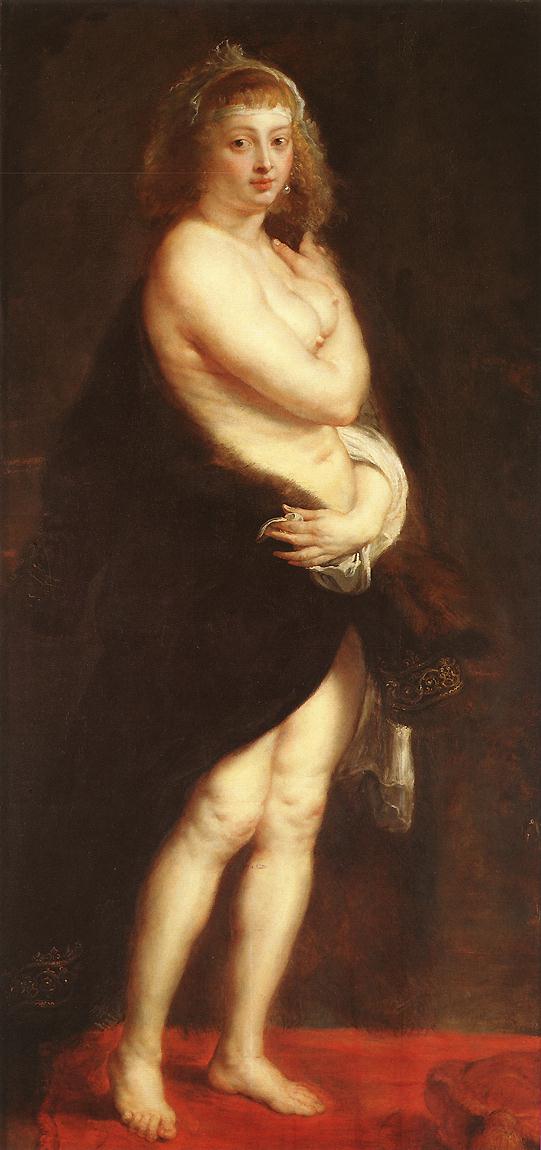
We see her in the act of turning, her fur about to slip off her shoulders. Clearly she will not remain as she is for more than a second. In a superficial sense her image is as instantaneous as a photograph's. But, in a more profound sense, the painting 'contains' time and its experience. It is easy to imagine that a moment ago before she pulled the fur round her shoulders, she was entirely naked. The consecutive stages up to and away from the moment of total disclosure have been transcended. She can belong to any or all of them simultaneously.
Her body confronts us, not as an immediate sight, but as experience - the painter's experience. Why ? There are superficial anecdotal reasons: her dishevelled hair, the expression of her eyes directed towards him, the tenderness with which the exaggerated susceptibility of her skin has been painted. But the profound reason is a formal one. Her appearance has been literally re-cast by the painter's subjectivity. Beneath the fur that she holds across herself, the upper part of her body and her legs can never meet. There is a displacement sideways of about nine inches: her thighs, in order to join on to her hips, are at least nine inches too far to the left.
Rubens probably did not plan this: the spectator may not consciously notice it. In itself it is unimportant. What matters is what it permits. It permits the body to become impossibly dynamic. Its coherence is no longer within itself but within the experience of the painter. More precisely, it permits the upper and lower halves of the body to rotate separately, and in opposite directions, round the sexual centre which is hidden: the torso turning to the right, the legs to the left. At the same time this hidden sexual centre is connected by means of the dark fur coat to all the surrounding darkness in the picture, so that she is turning both around and within the dark which has been made a metaphor for her sex.
Apart from the necessity of transcending the single instant and of admitting subjectivity, there is, as we have seen, one further element which is essential for any great sexual image of the naked. This is the element of banality which must be undisguised but not chilling. It is this which distinguishes between voyeur and lover. Here such banality is to be found in Rubens's compulsive painting of the fat softness of Hélène Fourment's flesh which continually breaks every ideal convention of form and (to him) continually offers the promise of her extraordinary particularity.
The nude in European oil painting is usually presented as an admirable expression of the European humanist spirit. This spirit was inseparable from individualism. And without the development of a highly conscious individualism the exceptions to the tradition (extremely personal images of the naked), would never have been painted. Yet the tradition contained a contradiction which it could not itself resolve. A few individual artists intuitively recognized this and resolved the contradiction in their own terms, but their solutions could never enter the tradition's cultural terms.
The contradiction can be stated simply. On the one hand the individualism of the artist, the thinker, the patron, the owner: on the other hand, the person who is the object of their activities - the woman - treated as a thing or an abstraction.
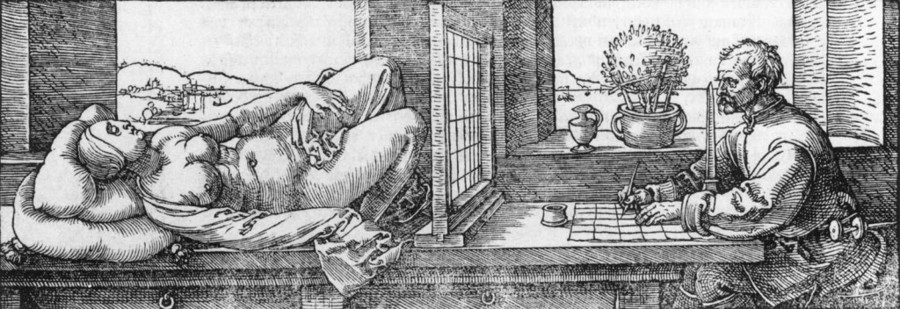
Dürer believed that the ideal nude ought to be constructed by taking the face of one body, the breasts of another, the legs of a third, the shoulders of a fourth, the hands of a fifth - and so on.
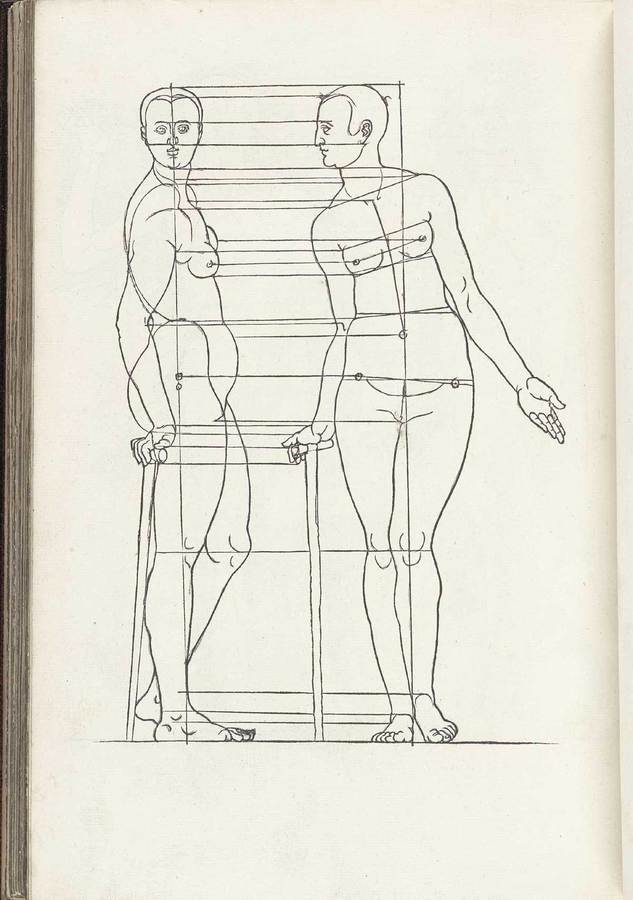
The result would glorify Man. But the exercise presumed a remarkable indifference to who any one person really was.
In the art-form of the European nude the painters and spectator-owners were usually men and the persons treated as objects, usually women. This unequal relationship is so deeply embedded in our culture that it still structures the consciousness of many women. They do to themselves what men do to them. They survey, like men, their own femininity.
In modern art the category of the nude has become less important. Artists themselves began to question it. In this, as in many other respects, M anet represented a turning point. If one compares his Olympia with Titian's original, one sees a woman, cast in the traditional role, beginning to question that role, somewhat defiantly.
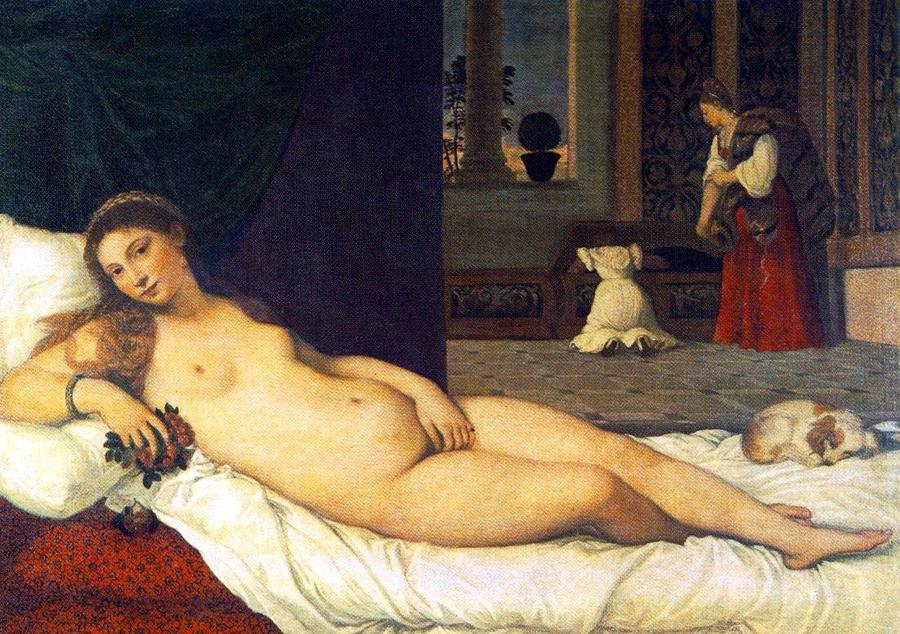
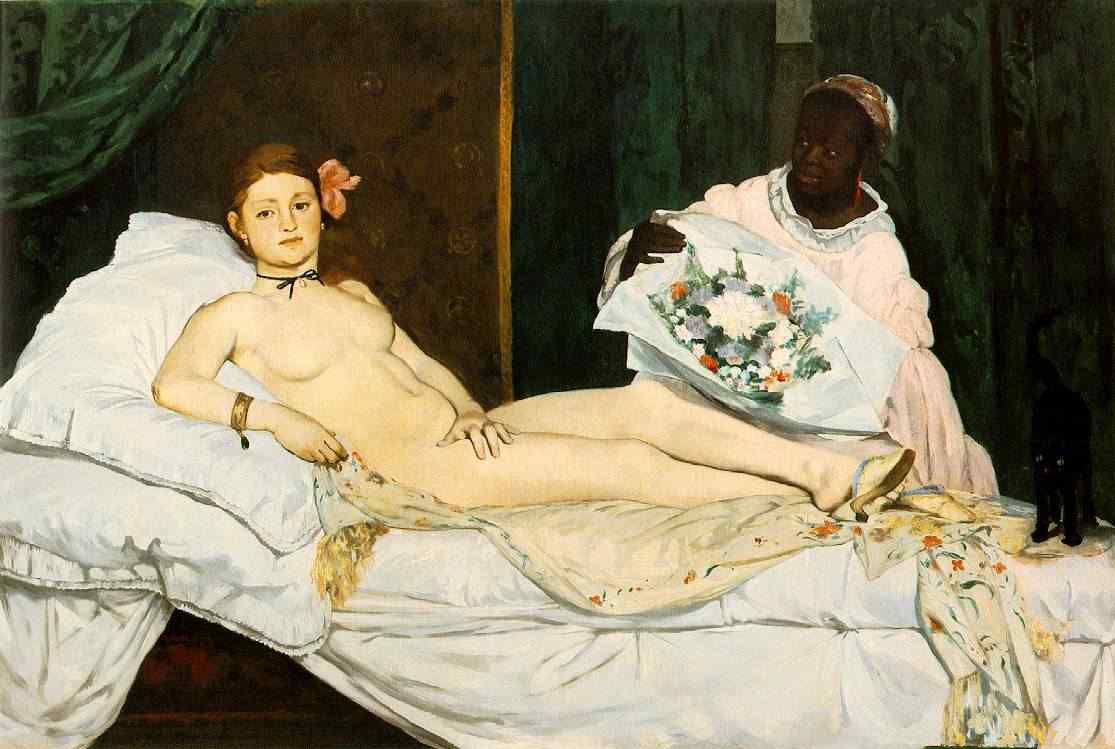
The ideal was broken. But there was little to replace it except the 'realism' of the prostitute - who became the quintessential woman of early avant-garde twentieth century painting. (Toulouse-Lautrec, Picasso, Rouault, German Expressionism, etc.) In academic painting the tradition continued.
Today the attitudes and values which informed that tradition are expressed through other more widely diffused media - advertising, journalism, television.
But the essential way of seeing women, the essential use to which their images are put, has not changed. Women are depicted in a quite different way from men - not because the feminine is different from the masculine - but because the 'ideal' spectator is always assumed to be male and the image of the woman is designed to flatter him. If you have any doubt that this is so, make the following experiment. Choose from this book an image of a traditional nude. Transform the woman into a man. Either in your mind's eye or by drawing on the reproduction. Then notice the violence which that transformation does. Not to the image, but to the assumptions of a likely viewer.